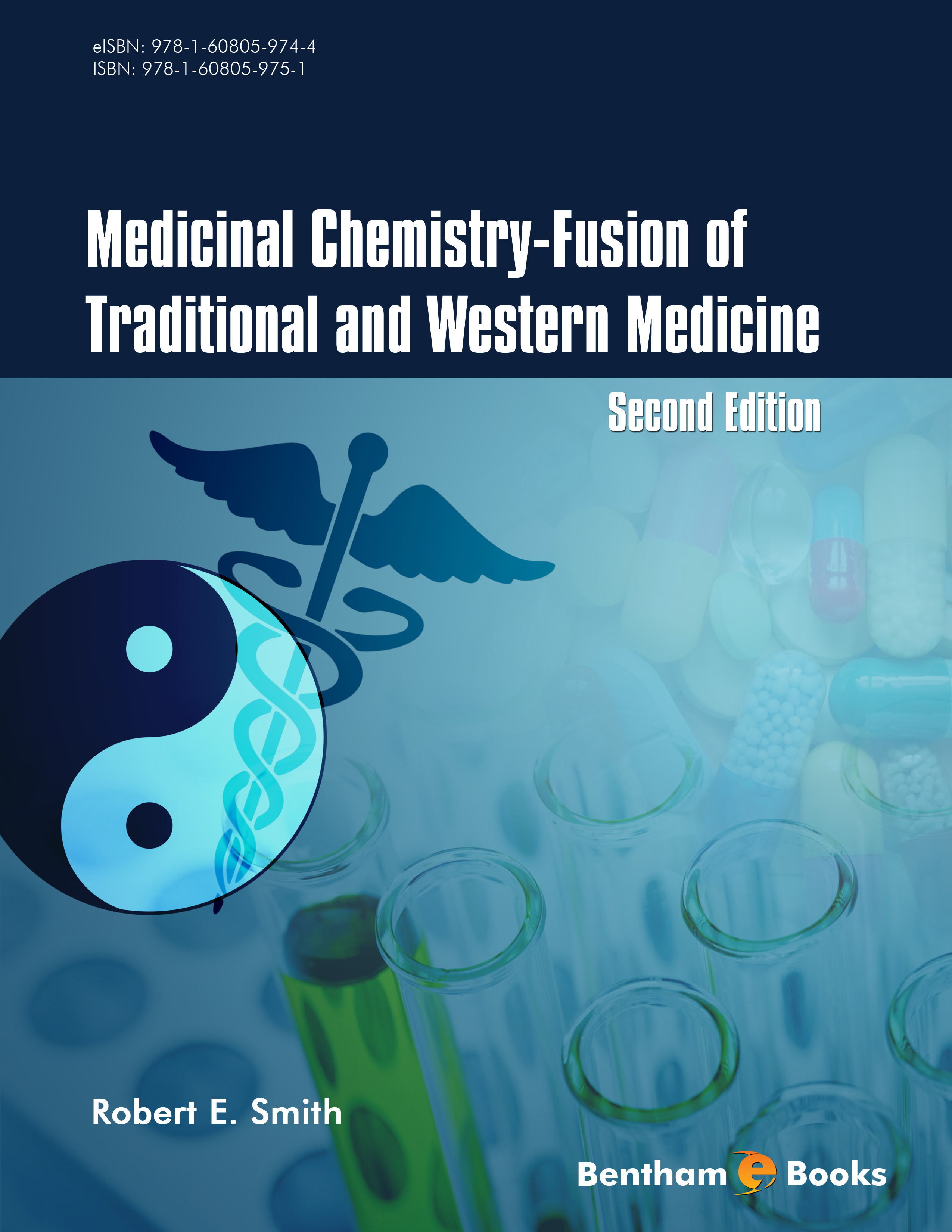How New Drugs Are Developed: Drug Delivery

- By Robert E. Smith1
-
View Affiliations Hide Affiliations1 Park University, Chemistry Department, 8700 NW River Park Drive Parkville, MO 64152, USA
- Source: Medicinal Chemistry - Fusion of Traditional and Western Medicine, Second Edition , pp 273-282
- Publication Date: November 2014
- Language: English
How New Drugs Are Developed: Drug Delivery, Page 1 of 1
< Previous page | Next page > /docserver/preview/fulltext/9781608059744/chapter-7-1.gif
Medicinal chemists try to find ways to get drugs to the target cell and organ, and not to the rest of the body, and to activate the drug only at the target organ, to make it effective. This can be done with liposomes, synthetic polymers, dendrimers and nanotechnology. Liposomes prepared from polyethylene glycol (PEG) are used to deliver the anticancer agent doxorubicin. Another way to deliver drugs to their specific target is through antibody-drug conjugates and fusion proteins, in which one part (such as the antibody) binds specifically to the target and the other part is released and has the desired therapeutic effect. An example of this is the drug called trastuzumab emtansine, also known as T-DM1. There are also recombinant immunotoxins, in which a fusion protein is made that contains a bacterial toxin and a fragment which targets the specific cancer cells being treated. An example is anti-Tac(Fv)-PE38 or LMB-2, which contains a toxin fragment of Pseudomonas endotoxin and a monoclonal antibody against the cell surface protein, CD25, in cancer cells. Another example that is in development is targeted delivery of small inhibitory RNAs (siRNAs).
-
From This Site
/content/books/9781608059744.chapter-7dcterms_subject,pub_keyword-contentType:Journal -contentType:Figure -contentType:Table -contentType:SupplementaryData105

